Spiral Spiritual Meaning of Life
Welcome to our little project SpiralSpiritual, where we trying to explore the spiral spiritual meaning of life. On this journey, we’ll look into the deeper meaning of existence using ancient wisdom. Discover how the cycles of life form a spiral pattern that shapes our very being. Join us as we travel down the spiritual path, decoding the intricate patterns in life to uncover the hidden truths that guide our souls along this twisting course.
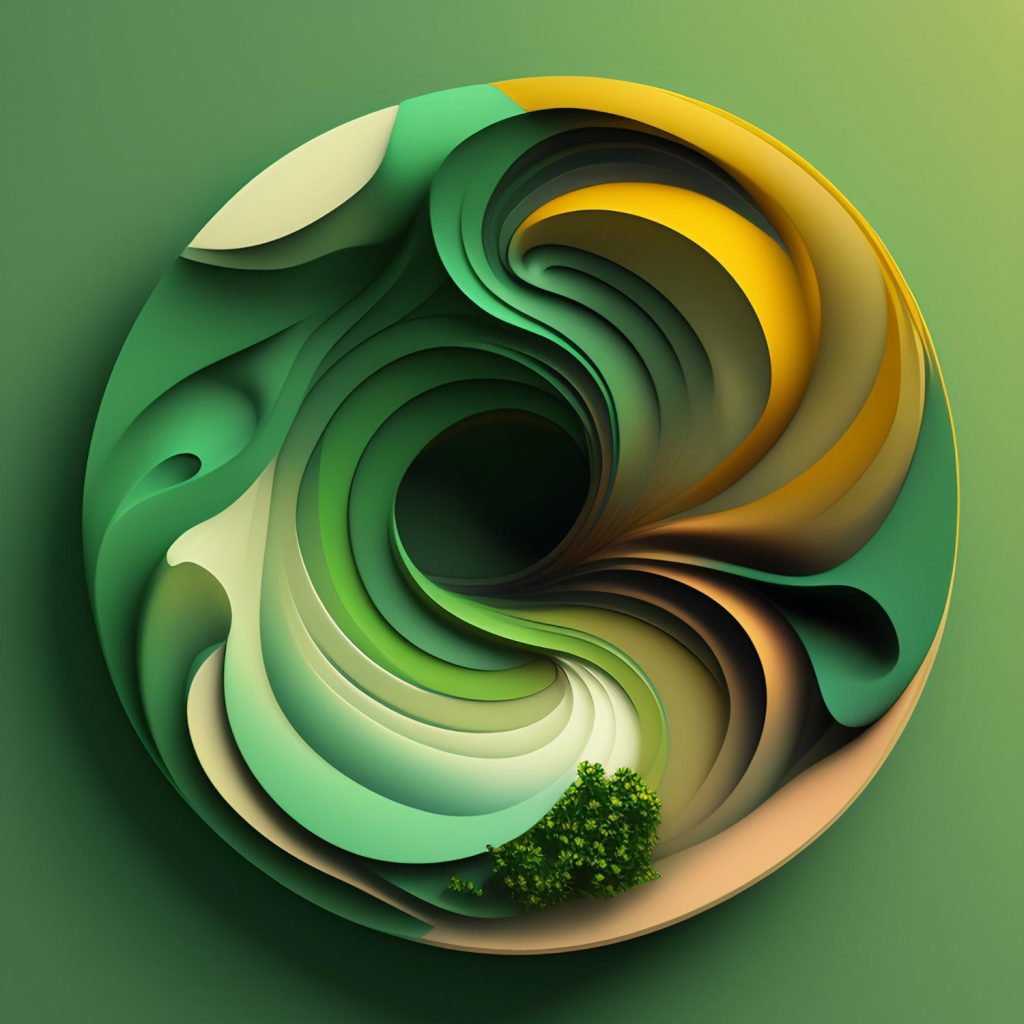
7 Spiritual Meanings Behind the Spiral
The spiral symbol has been very important in many cultures and religions throughout history. It has been found carved into ancient sacred sites and objects. Here are some of the most common spiritual meanings that the spiral has represented spiritually:
1. Infinite Evolution
The spiral symbolizes constant growth and change. Just like a spiral keeps expanding outwards without end, our spiritual journey involves continuous evolution. It reminds us that personal growth is an ongoing process without a final finish line – it’s a lifelong journey.
2. Cosmic Connection
The spiral signifies our deep connection with the cosmos. It emphasizes that we are not isolated beings but integral parts of the universe’s grand design. This connection reminds us that our actions ripple through the cosmic web, affecting the greater whole.
3. Balance and Harmony
The spiral teaches us about balance and harmony. As it elegantly swirls, it embodies the dance between opposites – light and dark, positive and negative. It reminds us that equilibrium is essential for a harmonious life and spiritual well-being.
4. Journey Within
Symbolizing introspection and self-discovery, the spiral encourages us to embark on a profound inner journey. It invites us to explore our thoughts, emotions, and beliefs, ultimately leading to a deeper understanding of ourselves and our purpose.
5. Sacred Geometry
The spiral is a manifestation of sacred geometry, a universal blueprint that underlies the structure of the cosmos. Its presence in nature and throughout history suggests a divine order and beauty in the world. Recognizing this order can deepen our spiritual awareness.
6. Cycles of Life
The spiral mirrors the natural cycles of life – birth, death, and rebirth. It serves as a comforting reminder that these transitions are part of a greater cosmic rhythm. Embracing these cycles can help us find solace and meaning in times of change.
7. Higher Consciousness
Lastly, the spiral acts as a signpost to higher states of consciousness. Its ascending and expanding form symbolizes our potential for spiritual growth and enlightenment. It encourages us to raise our awareness and seek a deeper understanding of the spiritual realm.
These seven spiritual meanings of the spiral symbol provide deep insights into our existence and spiritual journey. They can act as guiding principles for those seeking a deeper connection with themselves and the universe. The spiral reminds us that our spiritual path is eternal and intricate in nature.

The Symbolism of Spirals in Different Cultures
The spiral symbol has been used by many different cultures throughout history. It carries deep and universal meanings that apply across borders and time periods. The spiral represents basic but powerful concepts through its simple image.
Its symbolic meanings in various cultures show how this symbol resonates with fundamental human themes – growth, change, interconnectedness, and the ongoing cycles of existence. No matter where or when, the spiral remains a timeless symbol that goes beyond language to express profound insights about the spiritual world and nature that humans across cultures relate to.
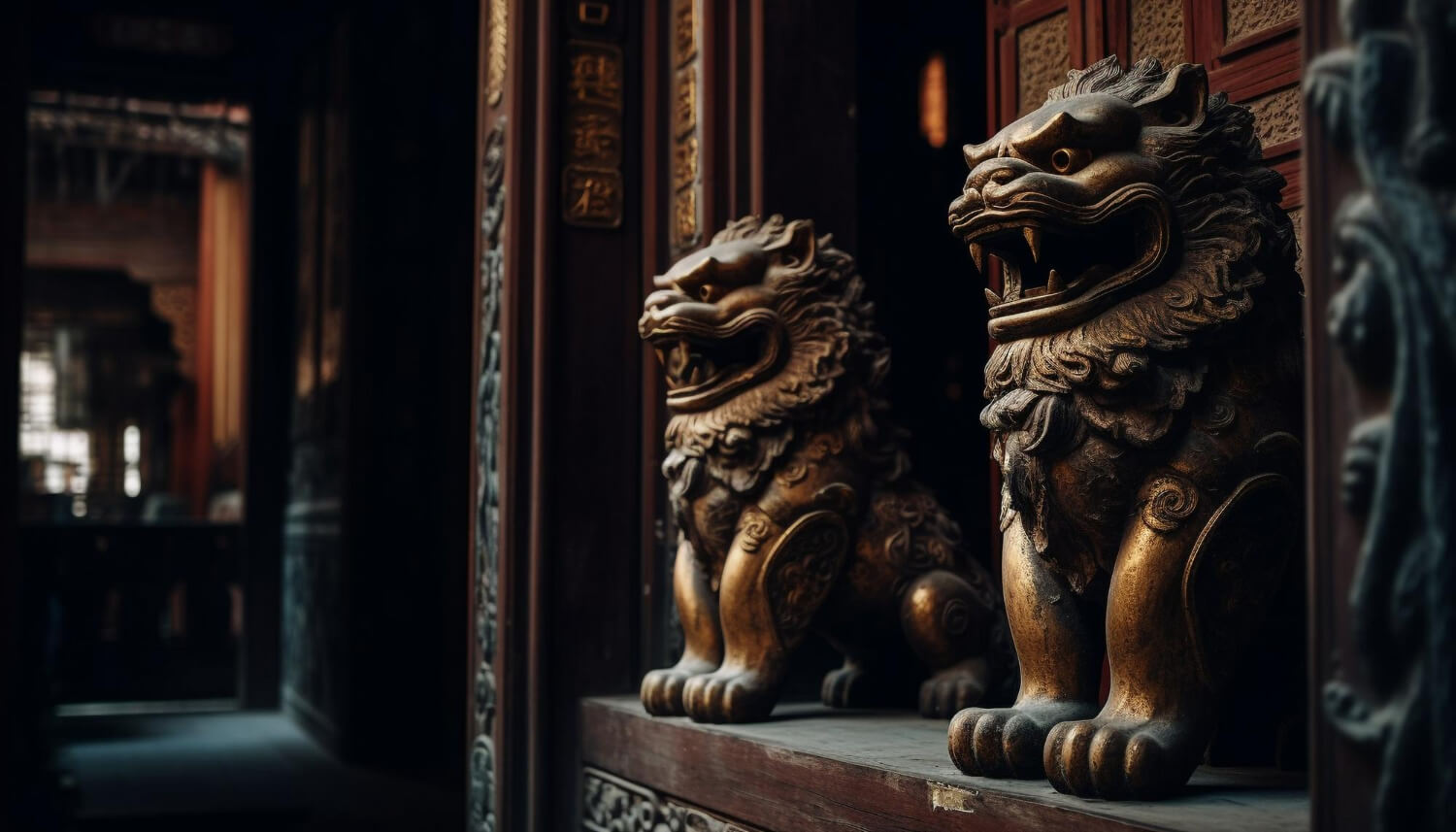
Ancient Chinese Philosophy
In Chinese culture, the Yin-Yang symbol, composed of interlocking spirals, embodied the balance of opposing forces in the cosmos. The spiraling movement within the symbol conveyed the constant flow of energy and change.
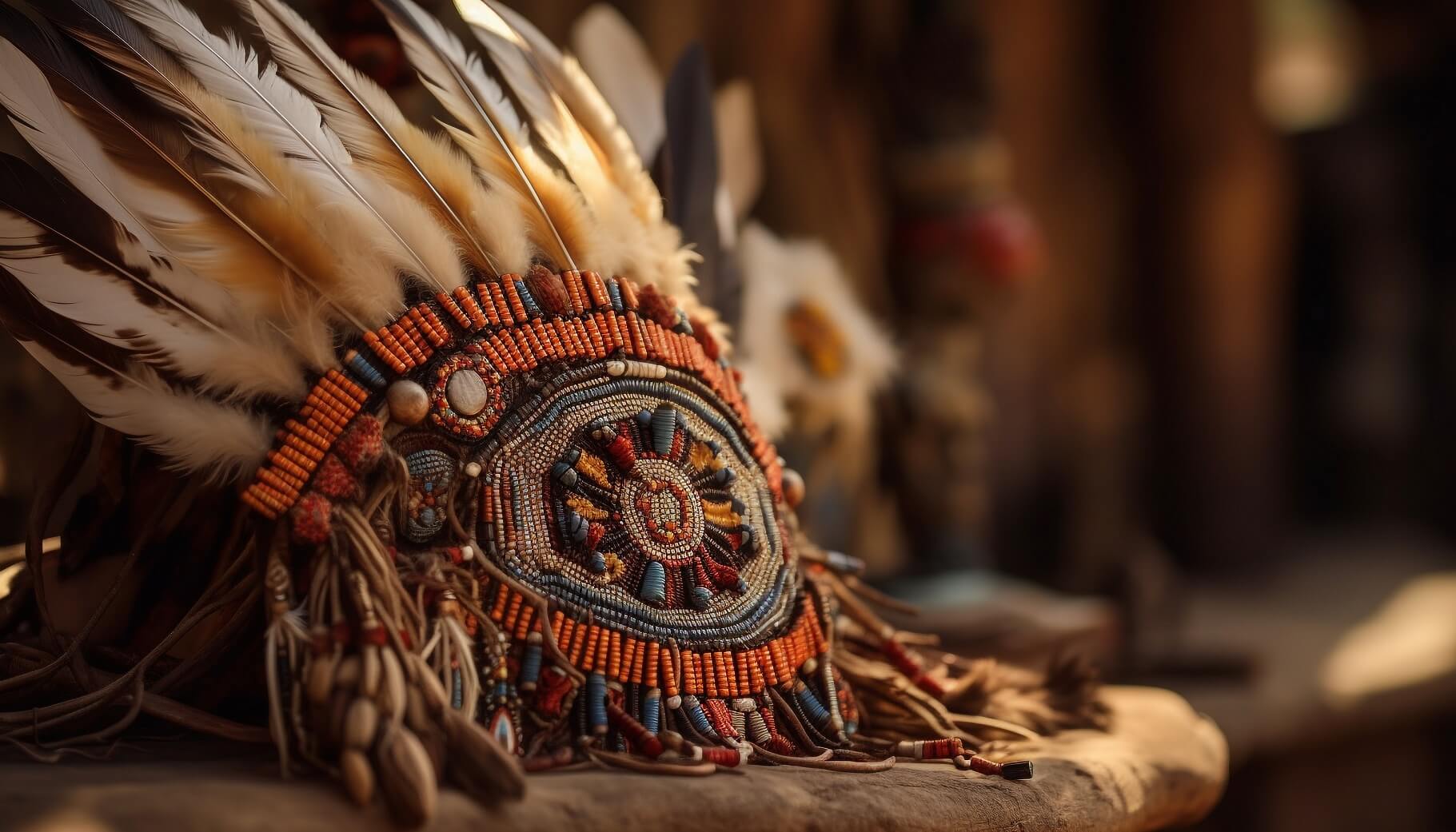
Native Americans
Across various Native American tribes, spirals were woven into art and rituals. They symbolized life’s journey and the interconnectedness of all living beings. These symbols reinforced the cyclical nature of existence and the need for harmony with the natural world.
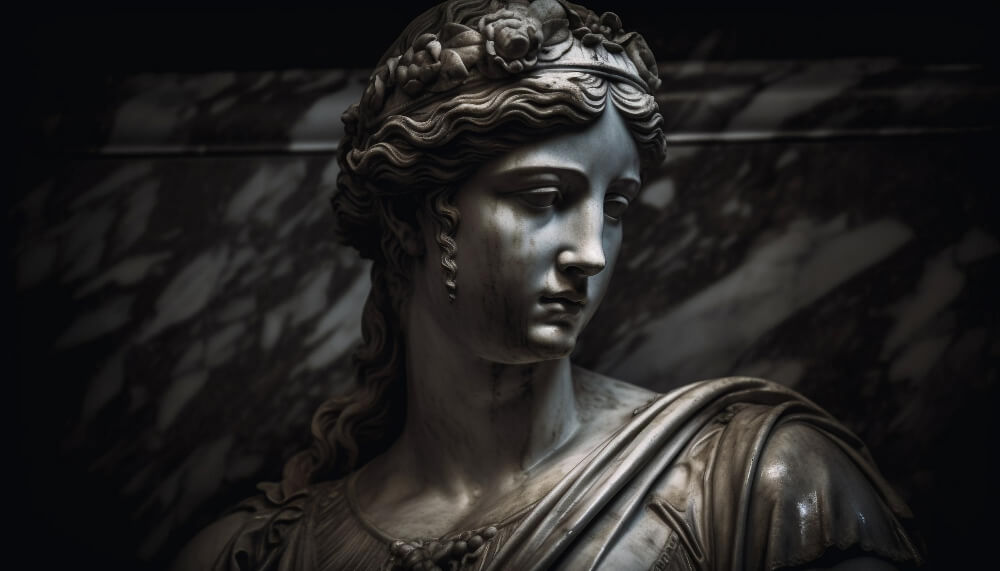
Ancient Greeks
In ancient Greece, spirals were closely associated with the labyrinth, a potent emblem of transformation and self-discovery. The spiral’s curving form conveyed the philosophy of Heraclitus, highlighting the ever-changing nature of life and the interplay of opposing forces.
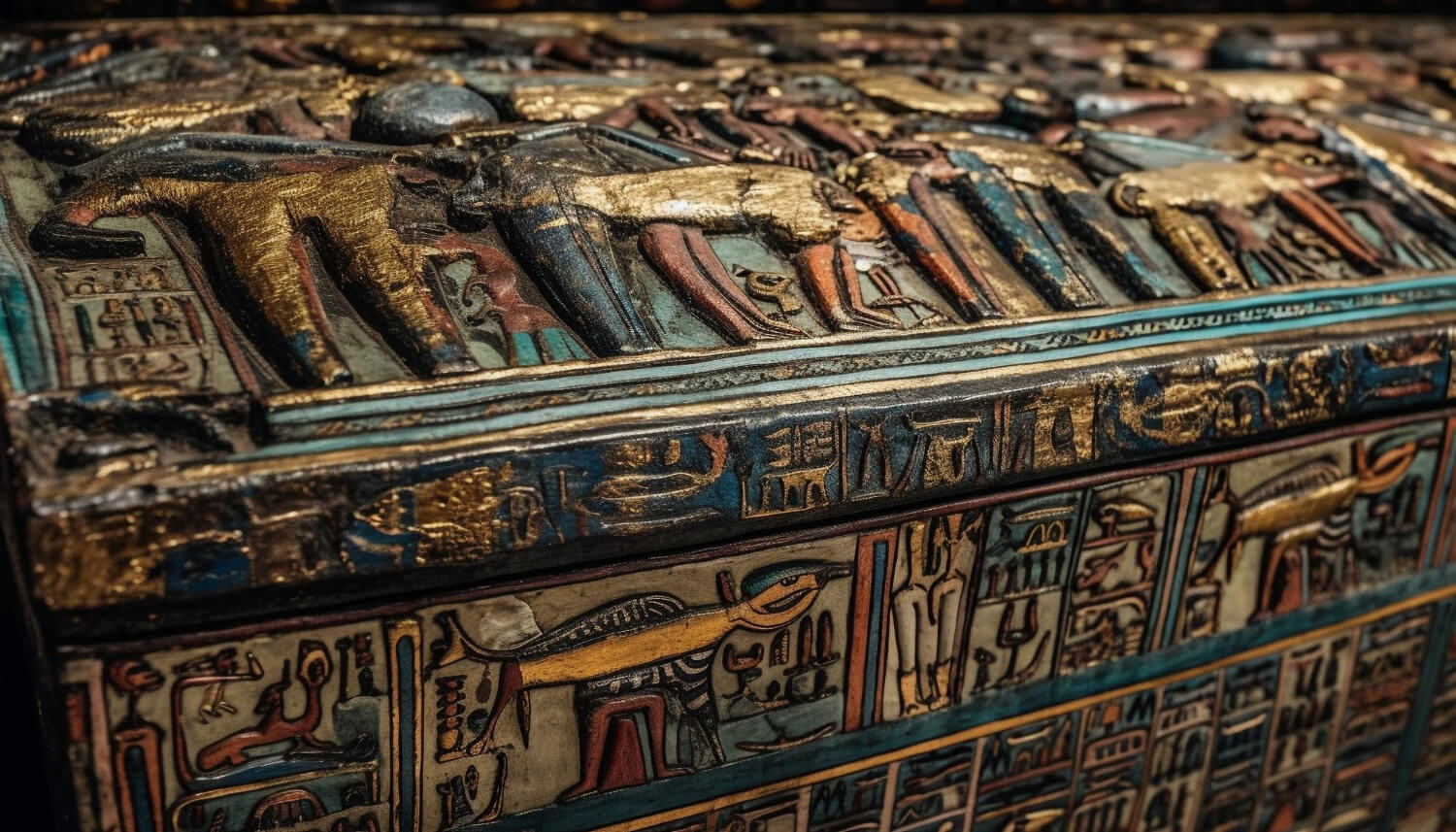
Ancient Egyptians
In ancient Egypt, spirals, particularly the nautilus shell, symbolized regeneration and rebirth. They reflected the cycles of celestial bodies—the sun, moon, and stars—mirroring the eternal nature of the universe.
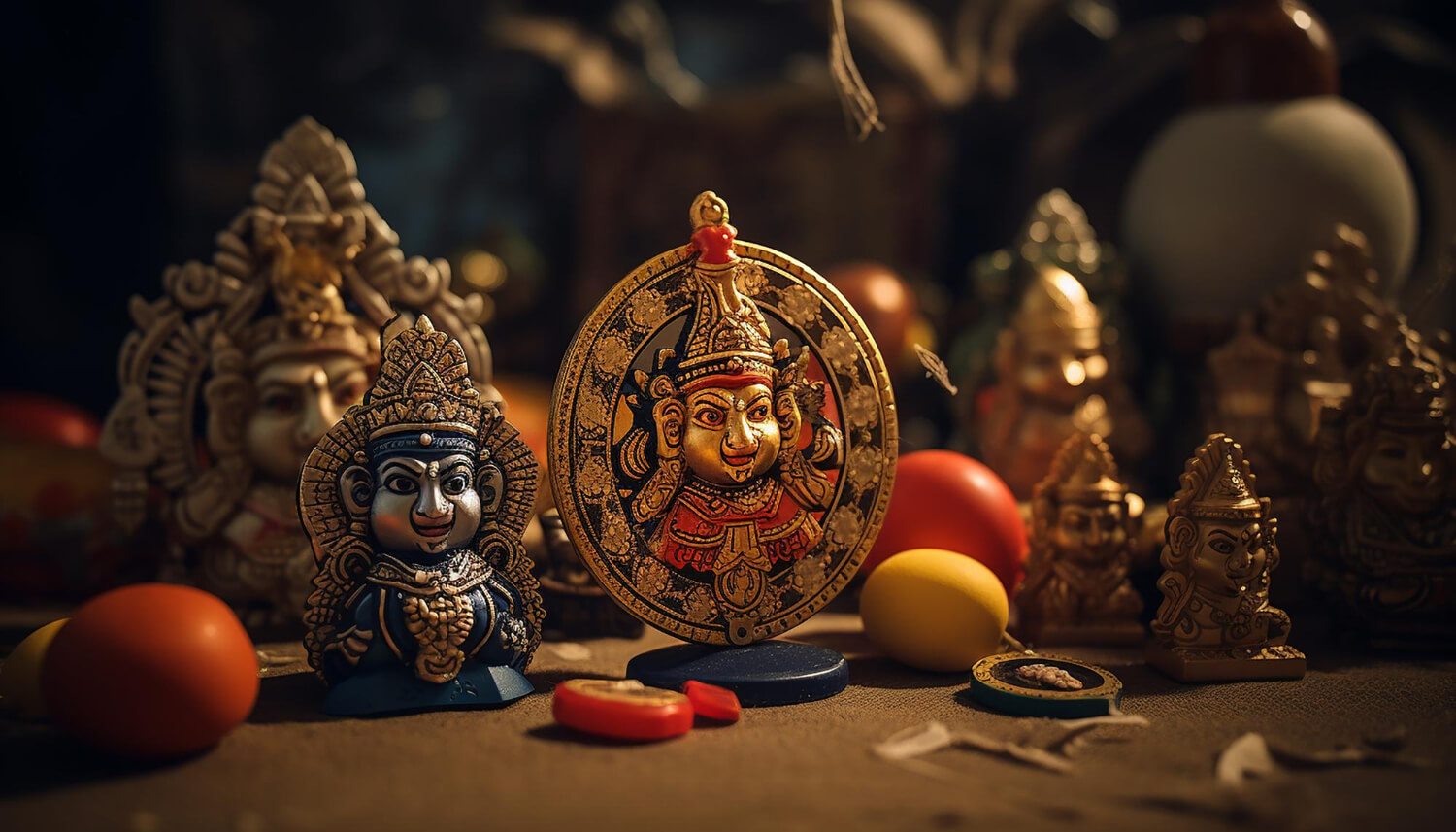
Hinduism
Hinduism featured the spiral in the concept of Kundalini, an energy coiled at the base of the spine. As one advanced spiritually, this energy rose through the chakras, depicted as a spiraling journey towards enlightenment.
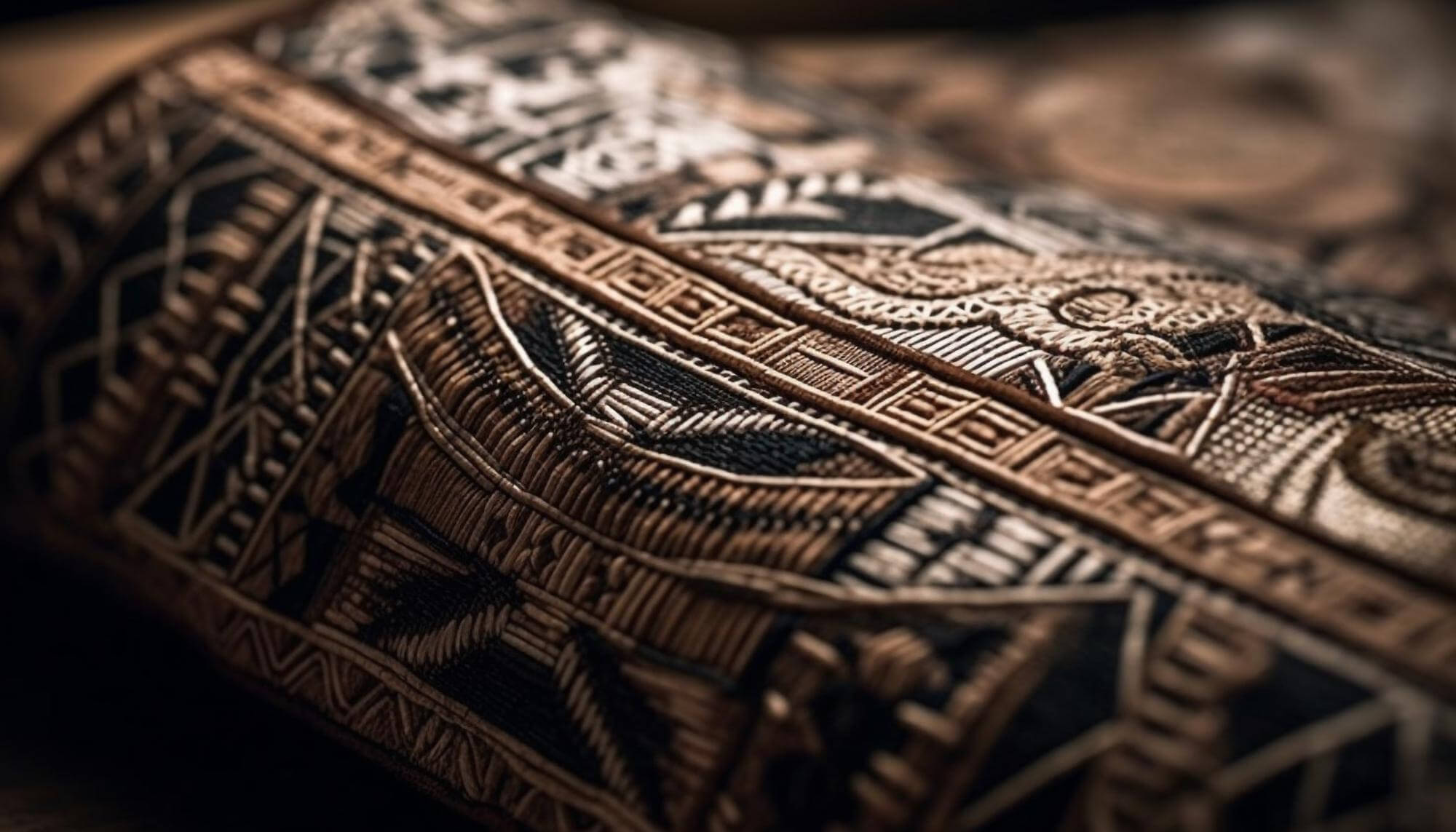
Maori Culture
Within Maori culture in New Zealand, the koru—a spiral shape—held significance. It represented new beginnings, growth, and the unfolding of life, akin to a young fern frond unfurling.
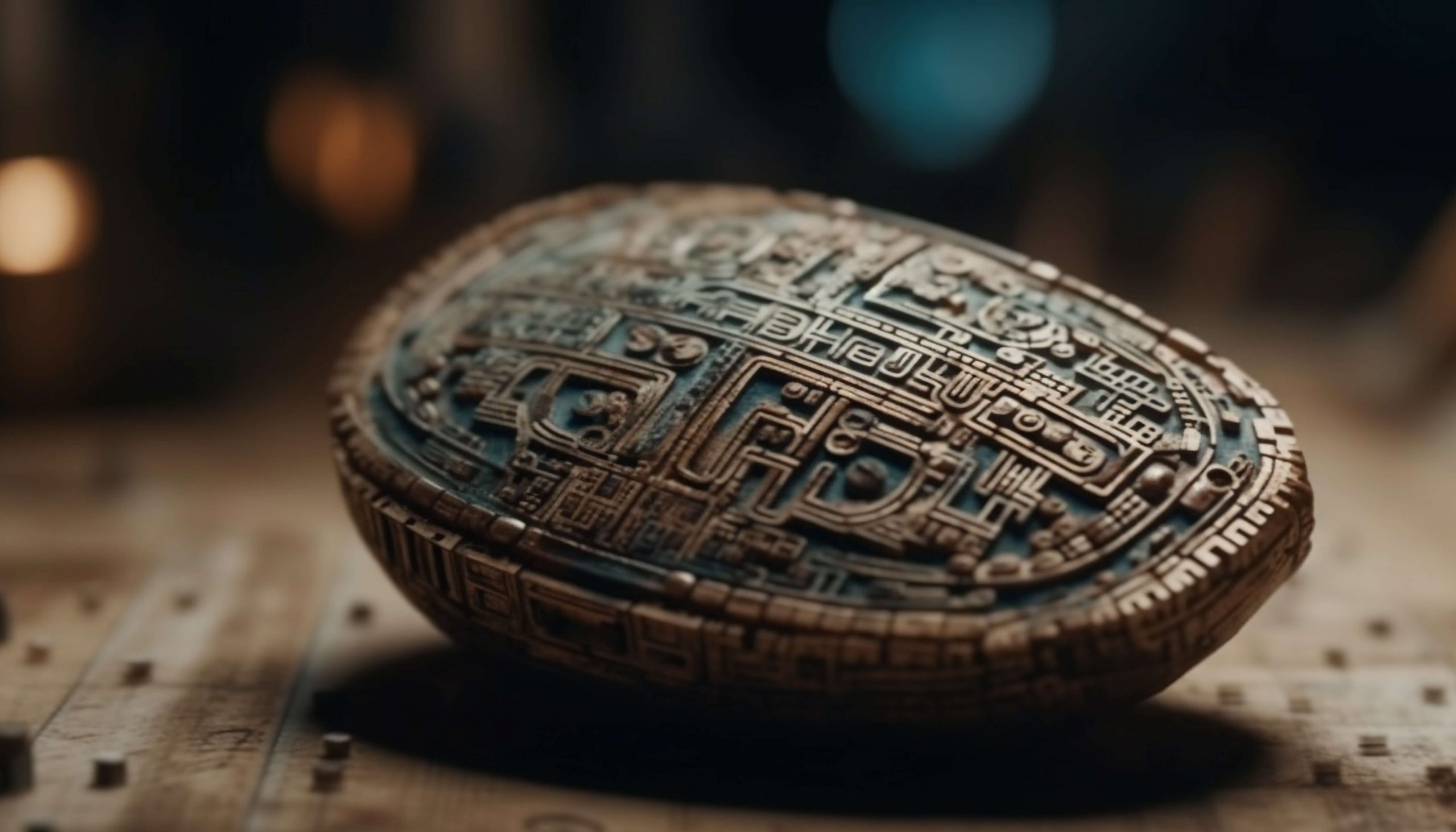
Ancient Celts
Among the Celts, the spiral signified perpetual growth and expansion. It spoke to the cycle of life, death, and rebirth, underscoring the enduring nature of the human spirit.
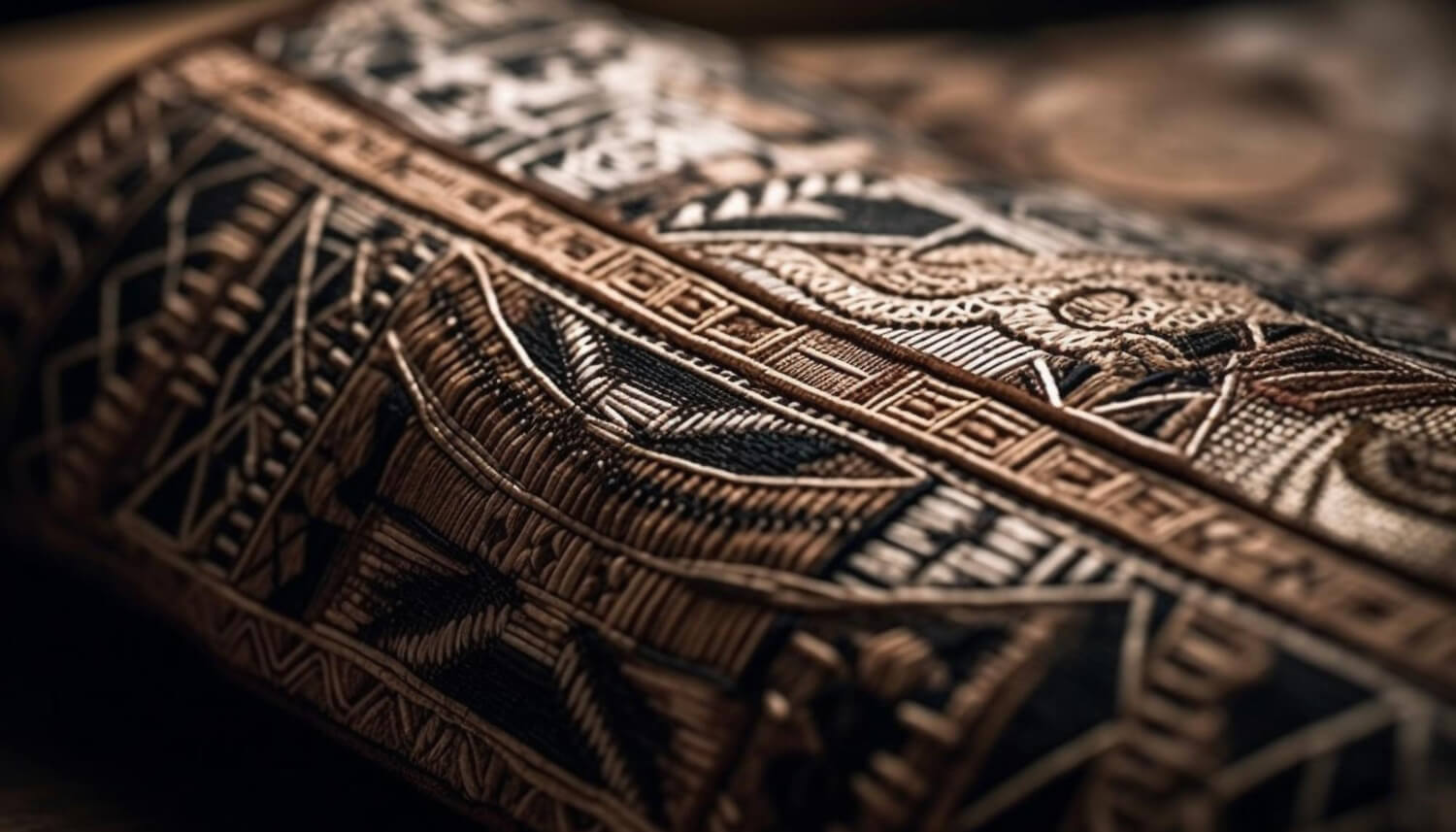
Mesoamerican Cultures
The Aztecs and Mayans integrated spirals into their temples and art. These spirals frequently represented water, fertility, and the cycles of life and death.
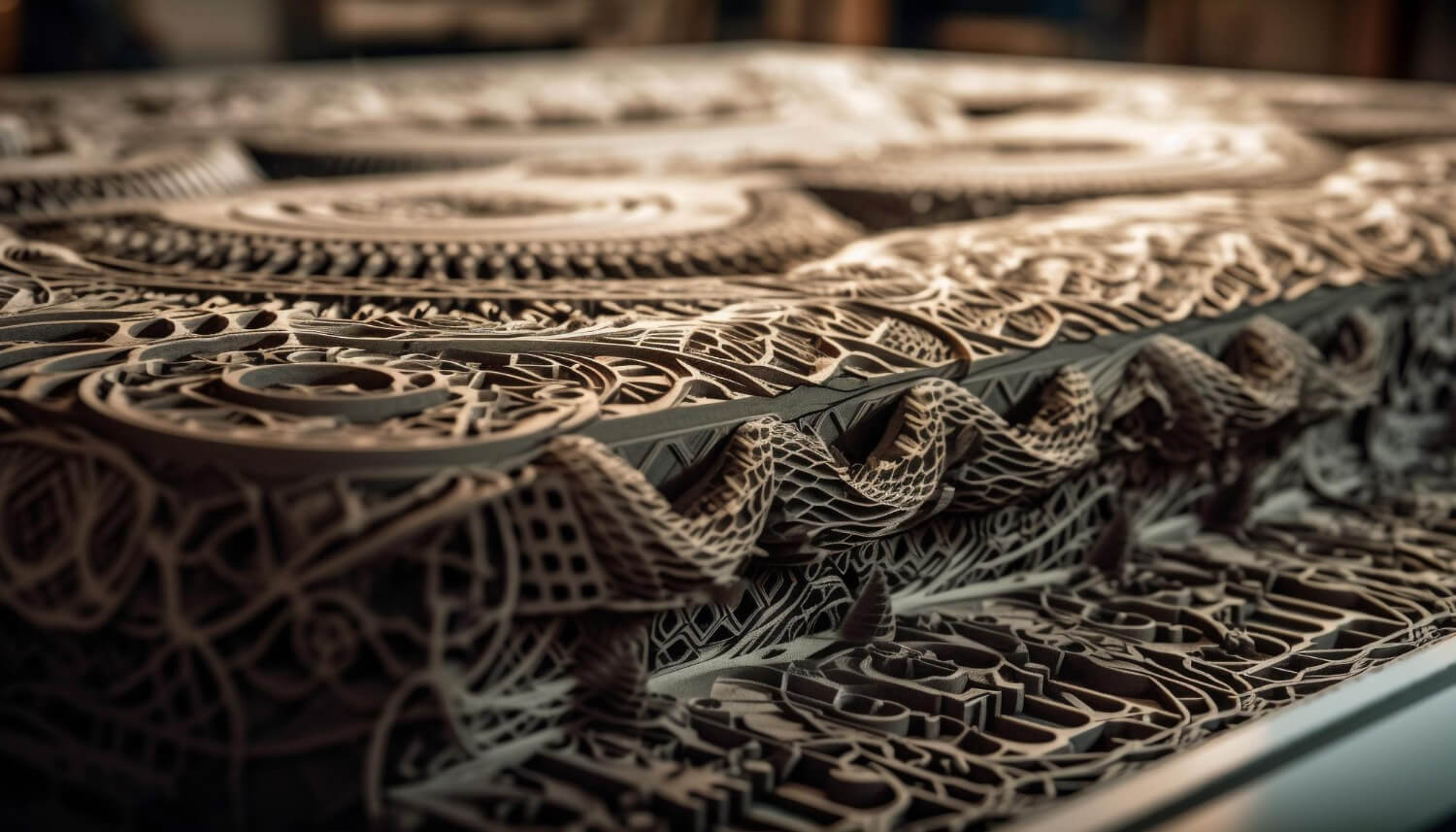
Celtic Knots
Celtic knots, frequently featuring spirals, conveyed the interconnectedness of life, death, and rebirth. They appeared in jewelry and artwork as symbols of eternal love and unity.

African Tribal Art
Various African tribes incorporated spiral motifs into their art and jewelry, often symbolizing the cyclical nature of life, the cosmos, and the journey of the soul.
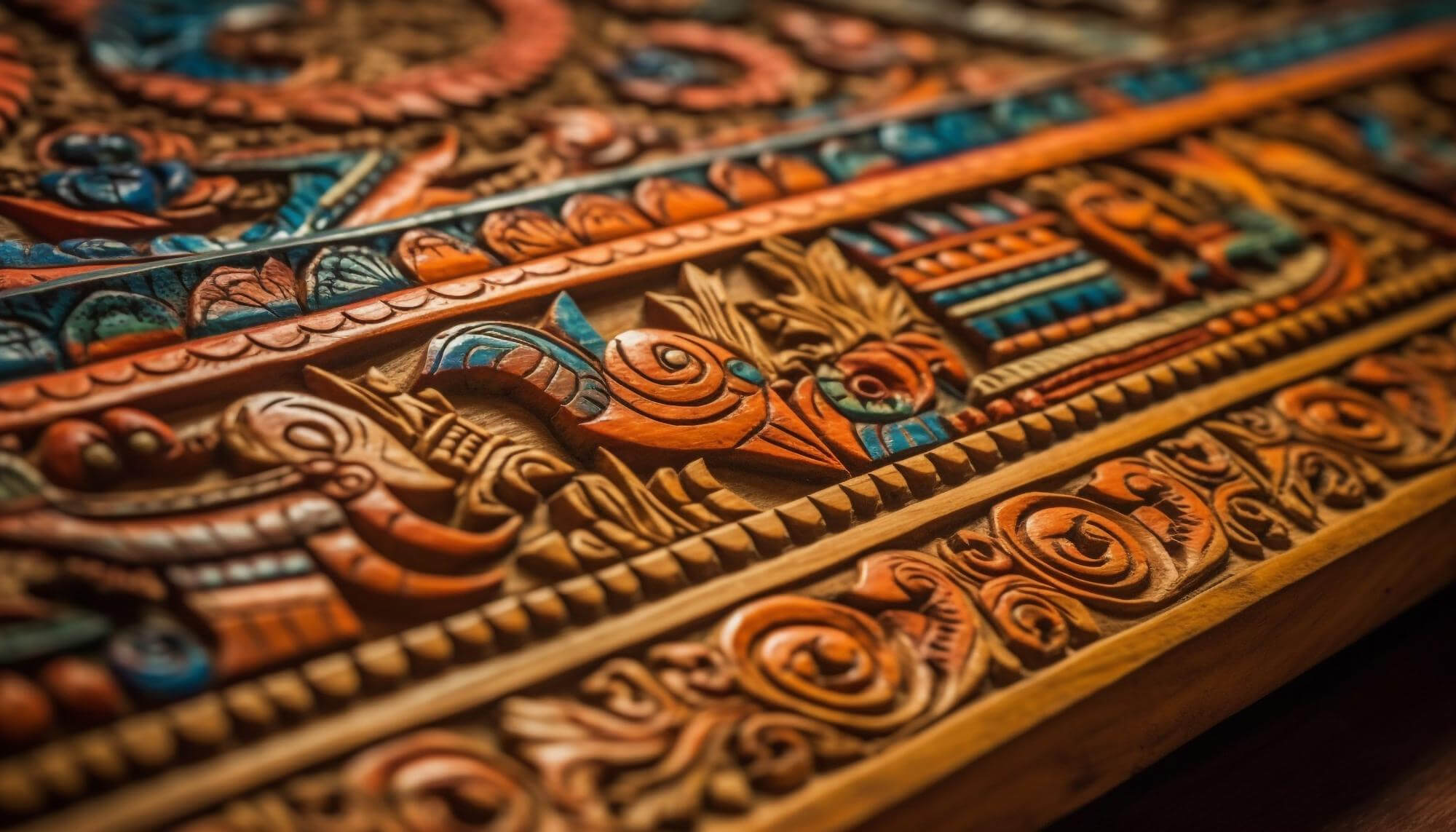
Ancient Maya Civilization
The Maya civilization employed spirals in their artwork and architecture. These spirals often symbolized the cycle of time, with each rotation marking a significant epoch in their intricate calendar system.

Indigenous Australians
Indigenous Australians incorporated spirals into their art, often representing waterholes, essential sources of life in their arid environment. This symbolism emphasized renewal and the life-sustaining attributes of water.
The Symbolic Significance Of Spirals
As a symbol, the spiral takes on diverse forms and meanings. From its intricate designs to its multifaceted interpretations, we’ll uncover the rich symbolism that the spiral embodies. To understand how this symbol transcends cultural boundaries and continues to inspire through its many expressions, lets look at its most common forms:


Swirl Symbol Meaning
The swirl, characterized by its elegant, winding form, embodies the idea of perpetual motion and transformation. It symbolizes the cyclical nature of life, with no clear beginning or end. This symbol often represents the journey of self-discovery, where one continuously evolves and grows, spiraling towards a deeper understanding of oneself and the world.

Spiral Circle Meaning
The spiral circle combines two powerful symbols: the circle and the spiral. The circle signifies wholeness and unity, while the spiral represents growth and evolution. Together, they convey the idea that life is an ever-expanding journey towards completeness. It suggests that as we spiral through life’s experiences, we ultimately return to a state of unity, having gained wisdom and insight along the way.

Fibonacci Spiral Meaning
The Fibonacci spiral is a mathematical representation of natural growth patterns found in everything from seashells to galaxies. It embodies the concept of divine proportion and the inherent harmony in nature. This spiral symbolizes the beauty and order that underlies the universe, reflecting the idea that there is a perfect, mathematical structure to the cosmos.

Spiral Sigil Meaning
Spiral sigils are unique symbols often created for personal or spiritual purposes. They can vary widely in design, with each one holding specific intentions and meanings for its creator. These sigils serve as potent tools for focusing energy and intent. The spiral element within a sigil might represent personal growth, transformation, or a connection to the spiritual realm, depending on the individual’s intentions.
To sums-up: the simplest and frequently encountered spiral is the “swirl” or single, continuous curve, symbolizing perpetual motion and change. The “spiral circle” combines the spiral with the unity of a circle, signifying an ever-expanding journey toward completeness. The “Fibonacci spiral” adheres to mathematical precision, representing the natural order and harmony in the universe. Additionally, “spiral sigils” are unique, personalized symbols designed for specific intentions, often used in spiritual and mystical practices. These common spiral drawings embody profound meanings and serve as powerful symbols across various contexts.
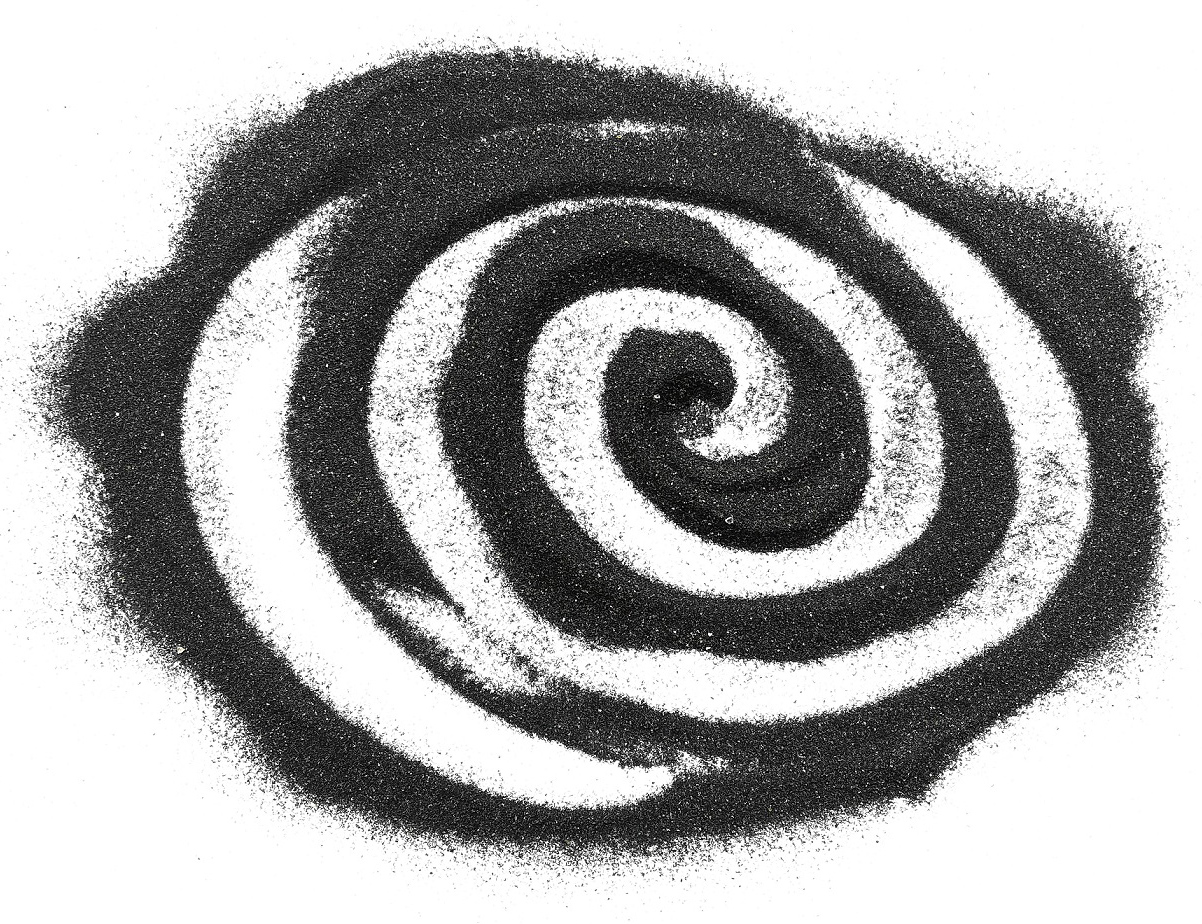
Spiral Direction Meaning
The direction of a spiral carries symbolic significance, and whether it follows a clockwise or counterclockwise path can convey distinct meanings.
The direction of a spiral, whether clockwise or counterclockwise, is imbued with symbolism. A clockwise spiral signifies growth, progress, and new beginnings, while a counterclockwise spiral suggests introspection, reflection, and closure. These directional meanings offer a nuanced understanding of the spiral’s symbolism, illustrating how even the simplest of forms can convey profound ideas about the nature of life and existence.
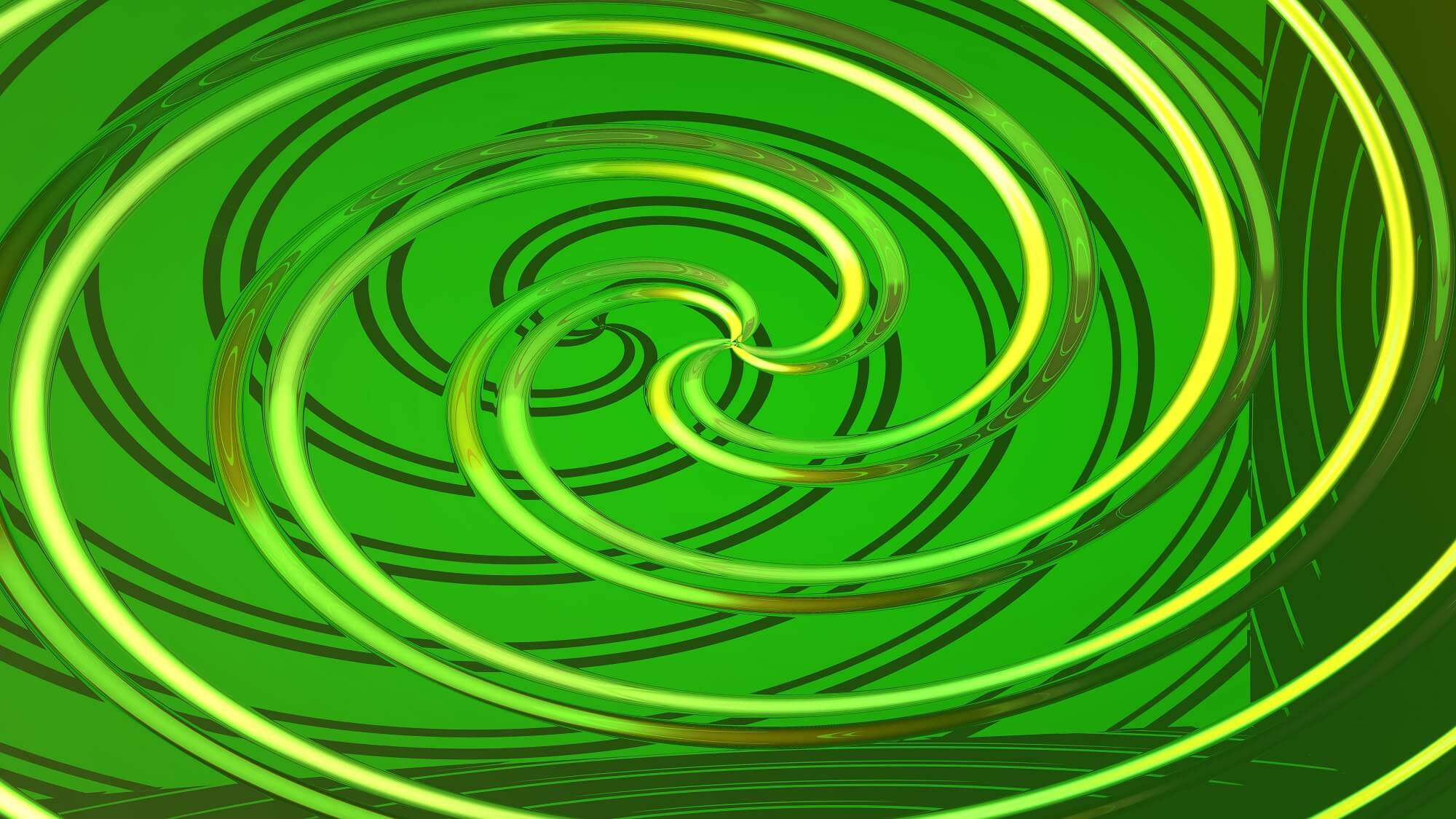
Clockwise Spiral
A clockwise spiral, also known as a “dextrogyre” or “right-turning” spiral, is often associated with notions of growth, expansion, and outward progress. It represents a journey moving forward, evolving, and gaining momentum. This direction is akin to the rising sun in the eastern sky, signifying the dawn of new beginnings, enlightenment, and positive energy. Clockwise spirals are seen as affirmations of life’s cyclical yet progressive nature.
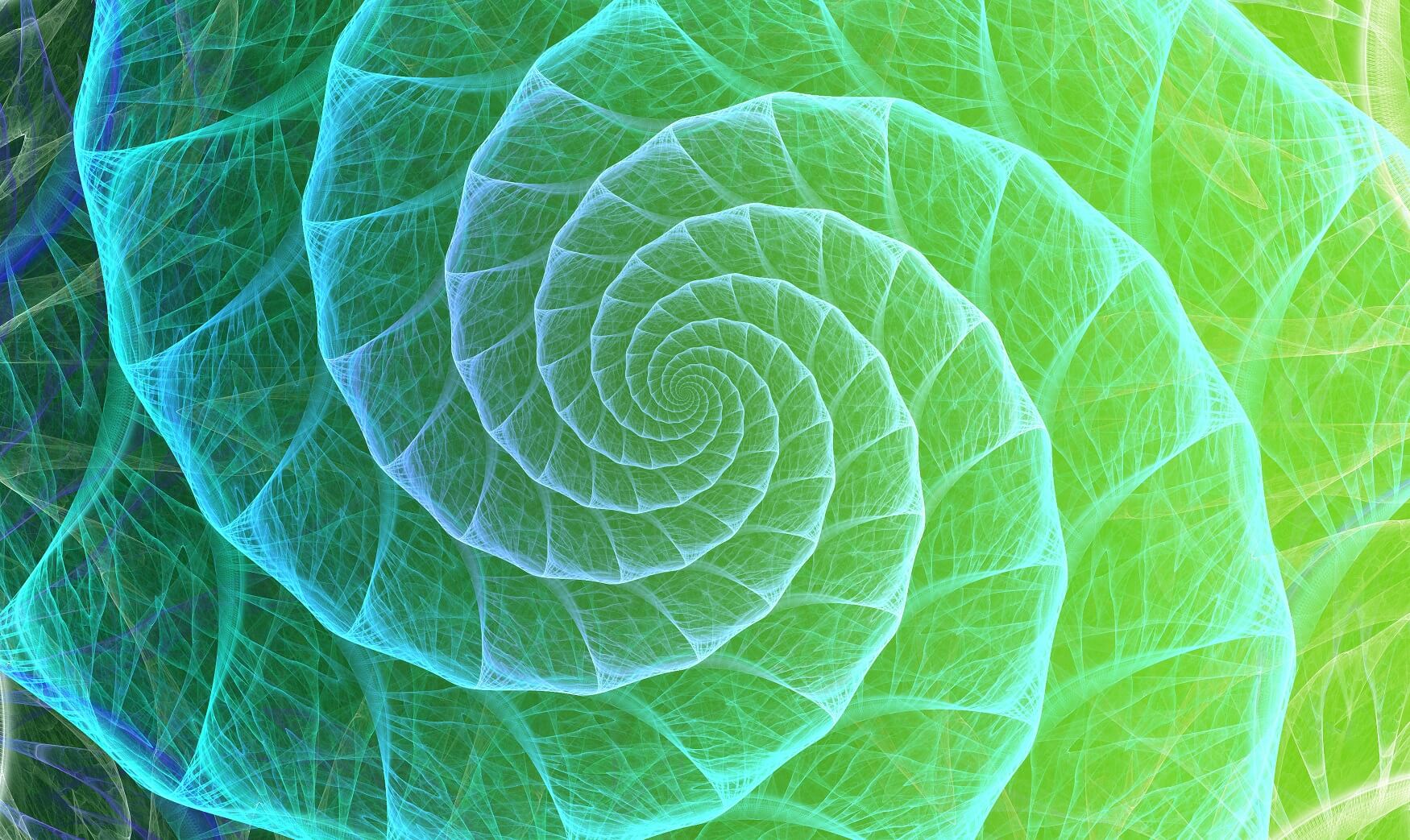
Counterclockwise Spiral
Conversely, a counterclockwise spiral, referred to as a “levogyre” or “left-turning” spiral, carries meanings that may contrast with its clockwise counterpart. It can symbolize introspection, retreat, and the journey inward. This direction is often linked to the setting sun in the western sky, representing closure, reflection, and endings. Counterclockwise spirals may convey the idea of unraveling, unwinding, or deconstruction, serving as a reminder that life’s cycles encompass both expansion and contraction.
How Spirals Are Found In Nature
Spirals are a common and fascinating shape found throughout nature. They reflect the basic mathematical and geometric patterns that the universe is built upon. In this exploration, we’ll look at examples of where spirals appear in nature and discuss the simple yet powerful meanings behind their presence.
1. Seashells
The intricate spirals of seashells, such as those of snails and nautiluses, are prime examples of nature’s penchant for this form. These spirals are not only aesthetically pleasing but also serve functional purposes. They provide protection, buoyancy, and efficient movement for the creatures that inhabit them.
2. Weather Patterns
On a grand scale, spiral patterns emerge in the form of hurricanes and cyclones. These massive storm systems exhibit a distinct spiraling structure, driven by the Coriolis effect. While their destructive force is undeniable, these atmospheric spirals are a reminder of nature’s power and complexity.
3. Galaxies
Spirals are not confined to Earth; they extend into the cosmos. Spiral galaxies, like our Milky Way, showcase the elegant spiral shape in their arms. These cosmic spirals symbolize the formation and rotation of stars, planets, and entire solar systems within the vast universe.
4. Plants and Flowers
In botany, the Fibonacci spiral, characterized by a specific mathematical ratio, is commonly observed in the arrangement of leaves, seeds, and petals. This spiral arrangement optimizes exposure to sunlight and efficient growth. It is evident in plants such as sunflowers, pinecones, and pineapples.
5. DNA Structure
The DNA molecule itself is a double helix, often visualized as two intertwined spirals. This spiral structure carries the genetic information necessary for life and is a fundamental element of all living organisms. The spiral in DNA underscores the complexity and beauty of life’s building blocks.
6. Tornadoes
Similar to hurricanes, tornadoes exhibit a spiral pattern of wind rotation. These destructive vortexes are a reminder of the formidable forces that nature can unleash. Tornadoes serve as both a testament to the spiral’s presence in natural disasters and a call to respect the power of the elements.
7. Water Vortexes
Whether in a draining bathtub or a rushing river, water often forms spirals as it flows. These spirals emerge due to the dynamics of fluid mechanics, illustrating the natural tendency of fluids to create vortexes. This phenomenon is observable in nature’s waterways and in man-made structures like whirlpools.
8. Fibrous Structures
In the realm of biology, the collagen fibers in human tendons and muscle tissue exhibit a helical or spiral structure. This arrangement imparts strength and resilience to these tissues, enabling them to withstand tension and compression.
9. Spiral Horns
Certain animals, such as certain antelopes and rams, possess spiral horns that follow the Fibonacci spiral. These horns, which continue to grow throughout the animal’s life, exemplify the natural occurrence of spirals as well as the role they play in the animal kingdom.
10. Whirligig Beetles
These small aquatic beetles display a mesmerizing form of spiraling motion on the water’s surface. Their rapid, circular movements create spiral patterns, allowing them to navigate and hunt for prey while avoiding predators.
11. Spiral Nebulae
Beyond galaxies, spiral patterns appear in the vast expanse of space as spiral nebulae. These cosmic phenomena, often associated with the birth of stars, offer a breathtaking glimpse into the grandeur of the cosmos and the prevalence of spirals on a cosmic scale.
12. Crystal Structures
In mineralogy and crystallography, certain minerals and gemstones, like quartz and garnet, exhibit spiral growth patterns in their crystalline structures. These spirals result from the arrangement of atoms and molecules during the crystal’s formation.
Spirals are more than just pleasing shapes – they represent fundamental patterns deeply embedded in nature itself. From tiny organisms to huge galaxies, spirals appear in countless forms, reflecting the basic mathematical, geometric, and structural rules that govern the entire universe. The widespread presence of spirals in nature shows the interconnectedness and order found throughout the natural world, reminding us of the profound beauty and complexity of our environment.









